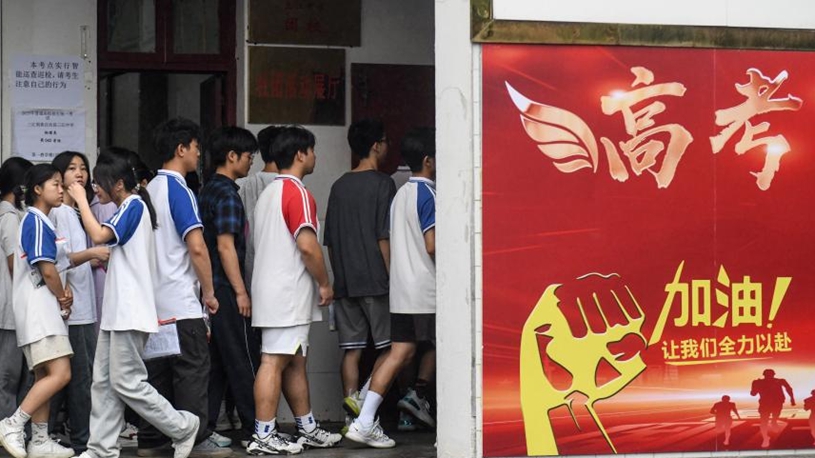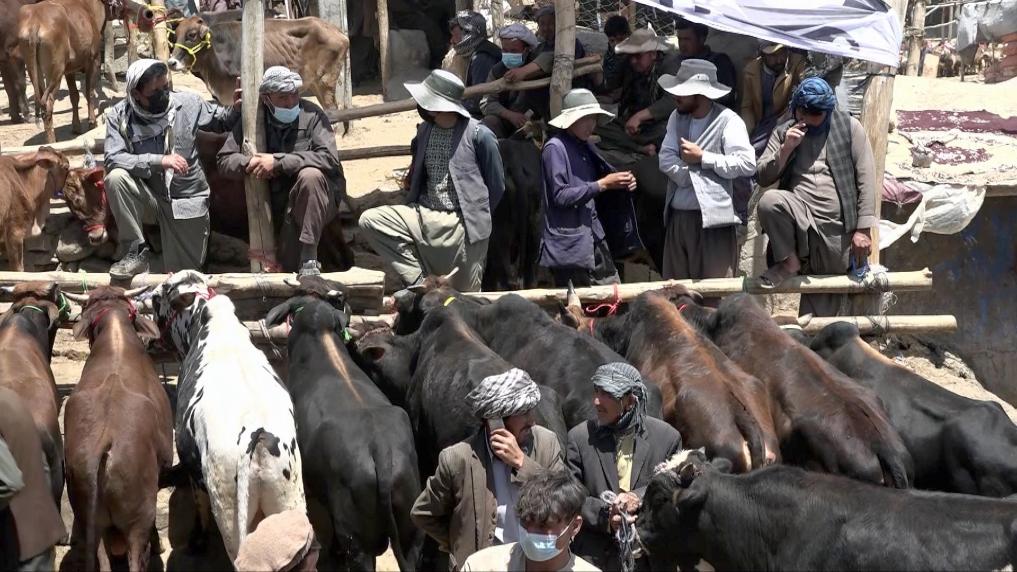China targets nationwide expansion of labor pain relief services
Source: Xinhua
Editor: huaxia
2025-06-07 20:22:15
BEIJING, June 7 (Xinhua) -- China is stepping up efforts to expand access to labor pain relief as part of a broader push to upgrade maternal healthcare and promote a birth-friendly society.
According to a circular issued Thursday by Chinese authorities, all third-grade medical institutions that offer obstetric services are expected to provide painless childbirth options by the end of 2025. These institutions represent the highest level in China's three-tier hospital classification system.
By 2027, coverage will be extended to include all second-grade and higher medical institutions with obstetric departments nationwide, according to a document jointly issued by the National Health Commission and other government agencies.
Painless childbirth, technically known as labor analgesia, involves administering medication into the mother's spinal canal to reduce pain during delivery significantly. The technique is widely regarded as safe, effective and well-established by medical professionals, yet its use in China remained limited to a narrow group of mothers until recent years.
Xu Qian, a veteran obstetrician at Qingdao Women and Children's Hospital with over 30 years of experience, recalled that labor analgesia technology was available in China in the 1980s and 90s but attracted little attention at the time. "Even many doctors believed that pain was an inevitable part of childbirth," she said.
Meanwhile, multiple studies have suggested that the rate of cesarean sections in China was more than 40 percent around the 2010s, with figures even higher in more developed regions -- significantly above the rates observed in many other countries.
In 2018, China launched a national pilot program to promote labor pain relief, participated in by more than 900 hospitals. As a result, the average rate of pain relief use in these pilot facilities increased from 27.5 percent in 2015 to 60.2 percent by 2022.
Acceptance of labor analgesia has been growing significantly following strong awareness campaigns and improved support systems, according to Xia Wei, an obstetrician at the West China Second University Hospital of Sichuan University, one of the pilot hospitals in southwest China's metropolis of Chengdu.
"Now our hospital handles around 10,000 natural deliveries each year, and more than 8,000 of those mothers opt for labor analgesia," Xia said.
As one of the beneficiaries, a female surnamed Qin living in Chengdu, gave birth to her second child with pain relief by epidural anesthesia, experiencing a "much smoother" delivery compared with her first one eight years ago.
"Without pain relief methods, the pain lasted for a day and a night during my first delivery," she said. "But this time, the pain was much more manageable."
However, access remains uneven. While some hospitals report usage rates above 80 percent, facilities in central and western regions, particularly at the county level, still lag behind.
Experts believe that public misconceptions, a shortage of anesthesiologists, and the rather high labor pain relief costs for many remain major challenges.
"Some young mothers want labor analgesia, but their elders object," said Xu from Qingdao Women and Children's Hospital. She noted that the grandparents worried that the anesthesia might harm the babies' brains, prolong labor, or affect breastfeeding.
Expectant mothers, especially those who lack knowledge about epidural anesthesia, need a detailed introduction and explanation from the authorities and doctors to make informed choices.
"Besides official education channels, we should also use social media and prenatal checkups to share accurate information about pain relief options," said Chen Li, an anesthesiologist at Jilin Women and Children's Hospital.
According to Gao Yu, an obstetrician at the Sixth Affiliated Hospital of Sun Yat-sen University in southern China's Guangdong Province, a majority of expectant mothers are interested in labor pain relief and willing to undergo an epidural after being informed of its safety and advantages.
Experts say the procedure is especially beneficial for expectant mothers with conditions such as high blood pressure or mild heart disease, as unmanaged labor pain can cause spikes in blood pressure and increase delivery risks.
"Among the pregnant women we see, 80 to 90 percent ask about painless childbirth in advance," Gao said. "After evaluation, most choose this method. Only about 10 percent have concerns."
To ensure service quality and safety, Thursday's circular calls for enhanced monitoring and management of labor analgesia practices.
Medical institutions are required to follow strict protocols for intraspinal analgesia, including preoperative preparation, puncture techniques, and proper anesthetic dosing. They are also asked to conduct joint emergency drills between obstetrics and anesthesiology departments and enhance their ability to handle emergencies.
Beyond safety concerns, some expectant mothers who want pain relief face logistical hurdles.
Labor analgesia requires an anesthesiologist to be present throughout the procedure, but China faces a national shortage of such professionals. In large hospitals with heavy surgical workloads, anesthesiologists are often stretched thin. In smaller, county-level hospitals, the option is rarely promoted due to limited staffing.
"Labor often starts unpredictably, sometimes in the middle of the night," said Chen Yan, an obstetrician at Chengdu First People's Hospital. "It's hard for smaller hospitals to keep anesthesiologists on standby."
To address this, the circular urges medical institutions to strengthen the training of professionals in labor analgesia by incorporating standardized pain relief techniques into residency programs for obstetrics and anesthesiology.
Additionally, the document calls for the formation of labor analgesia teams comprising staff from obstetrics, anesthesiology and hospital management. It also urges public hospitals to adjust compensation systems to better reflect the expertise and workload involved.
In China, the costs of an epidural during labor usually range from 1,000 yuan (140 U.S. dollars) to 3,000 yuan in public hospitals, which could be regarded as a high price by some families. Since 2022, several national policy documents aimed at boosting birth rates and building a birth-friendly society have encouraged local governments to include labor pain relief in basic health insurance schemes.
Some provinces have already introduced reimbursement policies to ease the financial burden on families. In east China's Jiangsu Province, as of March, 79,000 women had received epidural labor analgesia since it was included in the medical insurance coverage in July 2024, marking a year-on-year increase of 70 percent.
Chen Li believes that the inclusion of labor pain relief in basic health insurance is another major boost for promoting labor analgesia.
"We hope to see faster implementation of the measure and stronger public awareness campaigns across the country," she said. ■













Comments